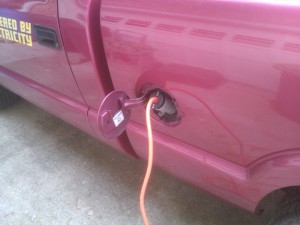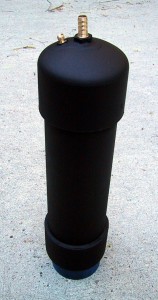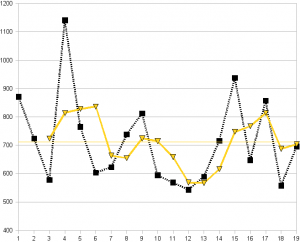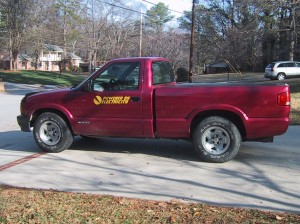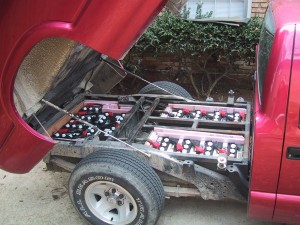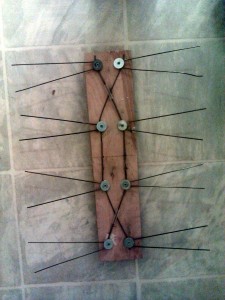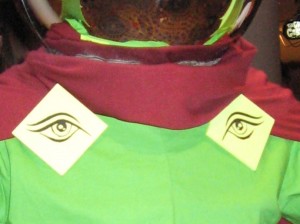We recently moved to a new house that is far from the central office, and apparently is served by some very old copper. AT&T’s computer system refused to sell us any DSL plans faster than 1.5 Mb/sec, as the lines wouldn’t support any faster speed.
I have tried using three different DSL modems at this house. In order of age and success:
- Westell WireSpeed (2200) B90 DSL modem – This modem works at the full 1.5 Mb/sec speed, for a few hours. Then it gets slower and slower, until it averages 7KB/sec for downloads. (Uploads remaind at full 0.3 MB/sec speed). Power cycling the DSL modem fixes the issue and restores full speed for 12 hours or so.
- Motorola Netopia DSL modem – This modem occasionally was able to get full download speeds, but typically would max out at 0.3 MB/sec (30 KB/sec) for the download speeds. (Uploads remained at a full 0.3 MB/sec.) Power cycling the modem did not improve things.
- 2Wire 2701hg-B DSL modem with integrated wifi. This modem was able to maintain the full 1.5 MB/sec download speeds. Perhaps because it is the newest of the three modems, and has a better DSL chipset.
It was worth purchasing a new DSL modem for this house. (Although the Netopia and WireSpeed modems have both worked fine in other locations.)
